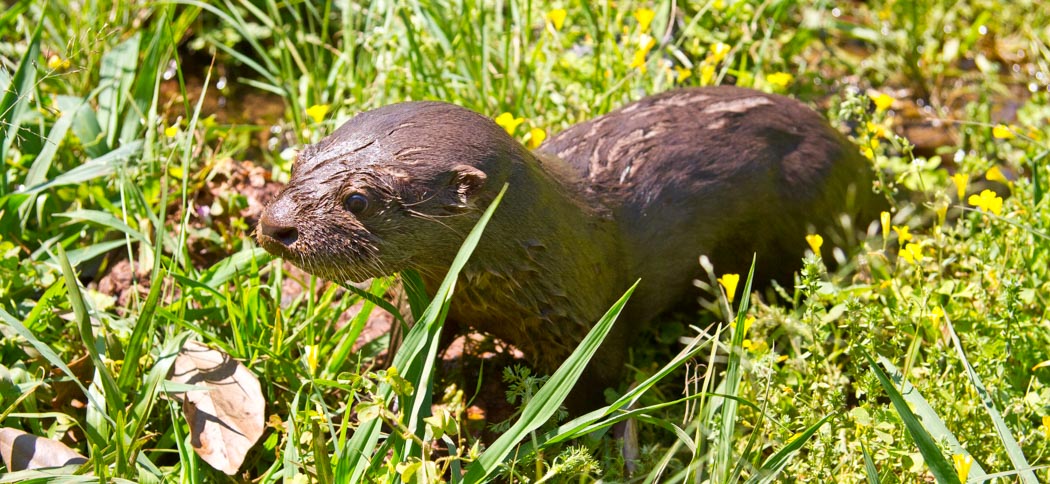
Strange Tails
We're delighted to have a strong population of strange-tailed tyrants at the reserve. So much so that we've adopted these beautiful and endangered birds as the symbol of the Trust
The growing diversity of the animals of Reserva Don Luis is a fresh source of delight every time we return. We don't play favourites, but it's impossible not to engage more with some of our more conspicuous guests. One of these is the strange-tailed tyrant. The male is stoic in his tolerance of one of nature's strangest - and it would seem least practical - adaptations. He's willing to suffer to be beautiful, and somehow manages to fly with tail feathers that were surely designed for a bird three times his size.
We love his perseverance; his resolution to succeed against challenge, and his ability to prove that anything is possible. He's appearing in growing numbers on the Reserva Do Luis, and his success has become an allegory for, and a symbol of, our own.
When we started the process of updating and redesigning our website, we wanted to adopt an image that symbolised our aims and our challenges. This brave little flycatcher, with his indomitable character, was the perfect choice.
The logo is a stylised profile of a male tyrant, silhouetted against the sunrise. We coloured the sun the blue of the Argentinian flag in honour of this country's beauty, its climate and the breathtaking span of magnificent animals that it nurtures.

Bat Research
Our bat team is conducting bat research both in the Ibera Marshes and in other provinces. We are especially concentrating on Misiones at the moment where we find the largest bat in Argentina, Chrotopterus auriitus and Myotis ruber, two species that we are researching.

Neotropical River Otter
Lontra longicaudis
The Neotropical River Otter is a bit of an unknown. It is classed as 'Data Deficient' in the IUCN redlist and Endangered in CITES Appendix 1 and these rare mammals are not often seen.
We have them at Reserva Don Luis even though we do not have a river running through our land. We do however have plenty of fish and molluscs in our ponds and lagunas so presumably this is suitable habitat for them.
Like all members of the family Mustelidae, it has a long body and short legs. The hind legs are in fact longer than the front ones to enable them to swim faster. They can weigh between 5-15 kg and have a length of appx. 90-120 cm, the male being larger and heavier.
They live on fish and mulluscs but are also opportunist hunters and will eat small mammals and birds if they are able.
The photograph is of a juvenile and was taken at El Puma Wildlife Refuge Centre in Posadas.
We are fortunate to have these wonderful mammals at the reserve although they are very difficult to see. I saw one in July 2011, and more recently a family of three in June 2014 We also now have many images from our camera traps, which though not very clear, are now at least giving us more information about this secretive species.
This otter looks much like other otters of the world and has a long body, short legs, a long tail and webbed feet to enable it to swim efficiently.
The River Otter consumes fish, reptiles and amphibians and will even take small mammals and birds given the opportunity.
It is classed as data deficient in the IUCN redlist but as endangered in CITES Appendix 1.

